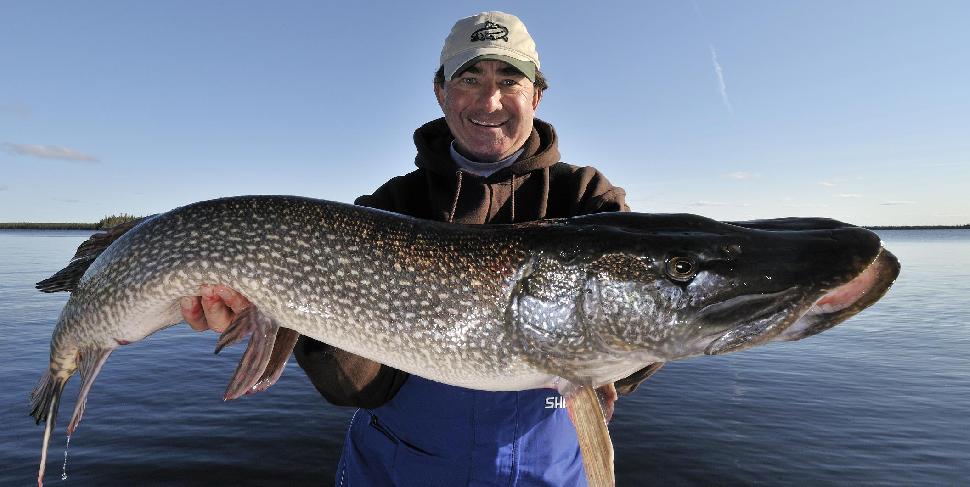Fishing for Geniuses
Put Your Fishing Know-how to the Test with Our Exclusive Quiz
Advertisement
For answers to this section, please see below…
Answers: Gear
19. c) None of the above. Most anglers talk about dodgers and flashers as though they’re the same thing, but they’re actions are quite different. Dodgers sway side to side at slower trolling speeds, while flashers rotate in circles at faster speeds.
Advertisement
20. b) A sequence of low- and high-frequency signals. Unlike standard sonar units that emit only one frequency signal at a time, CHIRP units send several in a low- to high-frequency sequence. The returning echoes are interpreted individually, then combined instantaneously to provide the clearest possible image. For example, you can pick out an individual crappie in a school of fish or a walleye hugging tightly to bottom.
21. c) Both a) and b). Because monofilament line floats, it’s ideal for topwater presentations. It’s buoyancy also makes mono the line of choice when you want your lure, such as a stickbait, to sink slower and give the fish extra time to spot it.
22. b) Flipping and pitching. It’s to your advantage to use a high-speed reel when you’re pitching a jig or Texas-rigged soft-plastic into shallow shoreline cover. When a fish feels the slightest pressure or the sting of your hook, it will typically run toward the boat. That means you need a high-speed reel to quickly catch up to it and set the hook hard. And after you hook the fish, you want to be able to get it up to the surface and out of the thick cover as quickly as possible. You can only do that with a fast 7:1 to 9:1 retrieve ratio.
Advertisement
23. a) How much it will bend. The action of a fishing rod describes how it bends when you apply pressure to the tip, as a fish does when it strikes and pulls back. A fast-action rod bends in the top-third section, a medium action in the top half and a slow action all the way down to the bottom third.
24. c) Salmon frequent open water, while bass prefer thick cover. Salmon anglers use 20-pound-test line to successfully tackle hard-fighting 60-pound fish that frequent the open water of the ocean. Bass anglers, on the other hand, rely on the much heavier braid to cut through thick weeds and submerged branches to land fish. The strength of your line is usually a reflection of where the fish live, not their size.
Advertisement
Up next, test your knowledge of fishing TRIVA…

